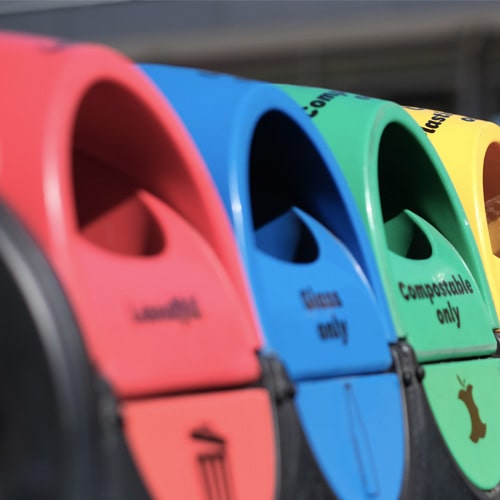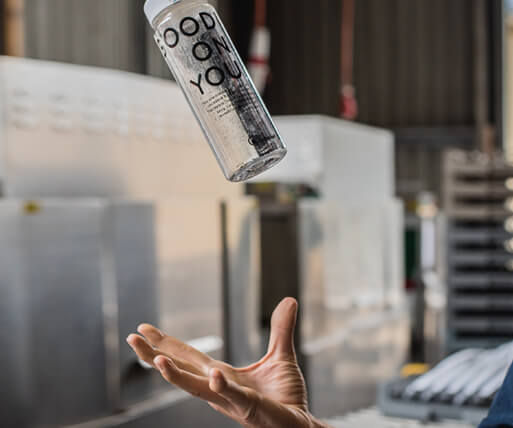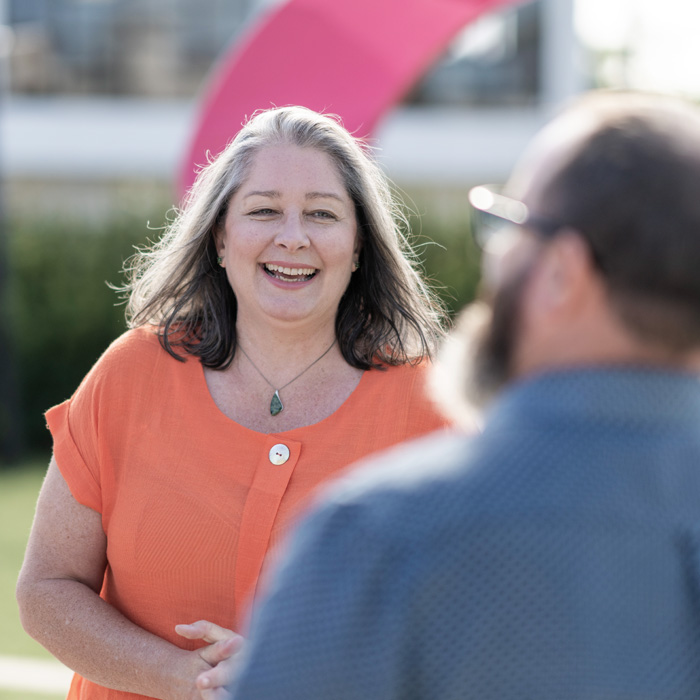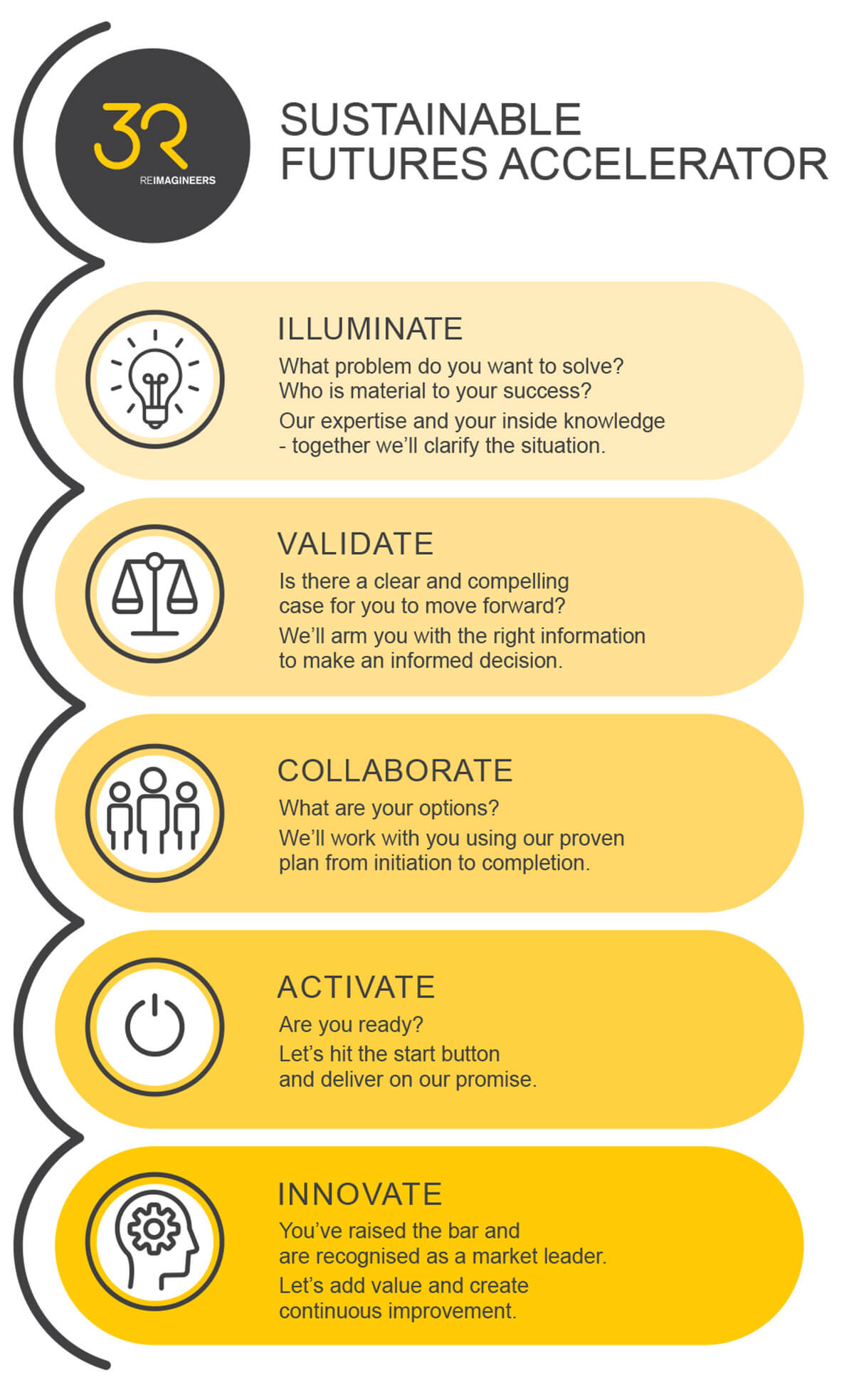Leading transformational change for Aotearoa’s tyre industry
Despite the well-known adage that the only constant in life is change, it’s not usually easy, especially when you’re talking about transformational, system-wide change.
You may not know it, but a system-wide change is happening in one of the most widespread industries in Aotearoa New Zealand. The humble tyre has become a poster child for turning a problem into an opportunity by using product stewardship and circular economy thinking.
Tyrewise (and 3R as scheme delivery manager) is tasked with working with Kiwi businesses to collect, recycle, and repurpose the roughly 6.5 million tyres we currently use each year, of which about 60% have been going to waste.
Transformational change can be challenging, even in a single organisation, at the best of times, so how did we get an industry supply chain of thousands of businesses to embrace change?
We’ve been involved in this project for more than a decade. Here’s what we’ve learned in that time:
Discover who needs to be part of the solution
A product stewardship solution often needs an entire supply chain to buy into it, including a variety of businesses and industry organisations. Not only will they be able to bring their customers and members along on the journey, they can anticipate what the gaps are and what can go wrong in any proposed system.
For Tyrewise as a regulated scheme, oversight by observers from Ministry for the Environment was also crucial to understanding how a solution needed to work within the existing legislation.
Identify the problem behind the problem
Root causes differ for every industry, but we need to stay focused and reach beyond solving the obvious problems (e.g. tyres going to landfill, being stockpiled, and the associated risk of tyre fires), to create powerful solutions that address underlying causes.
The market failure for end-of-life tyres was two-fold. Tyre retailers and other end-of-life tyre generators were using the cheapest disposal options, which meant the highest likelihood of poor outcomes, such as illegal stockpiling by some operators and the associated risk of environmentally devastating tyre fires.
The flip side was limited domestic demand, exacerbated by procurement constraints in an immature market. Those using waste tyres as feedstock for tyre derived products or fuel couldn’t rely on being able to obtain the right volume of waste tyres at the right time. This led to hesitancy to invest in plant and technology when supply was uncertain. Processors were also charging “gate fees” for feedstock that some of those competing on price to collect tyres were unwilling to pay.
If we could solve these problems, we would have the beginnings of a solution that could gain support. This is how the Tyrewise working group arrived at free collections for tyre generators, incentives to support domestic manufacturing and future contestable funding to help build capacity for processing and manufacturing in the domestic market While we could not design in true circular solutions for waste tyres – manufacturing of tyres in New Zealand closed down years ago – that doesn’t prohibit circular thinking being applied to systems and solutions as the market matures.
Make doing the right thing the easiest thing – for everyone
Any successful system relies on everyone involved playing their part. When designing the scheme, it’s our job to remove as many barriers as we can to participation.
For tyres, this meant closing any gaps where liable parties might avoid paying the fees and making sure the fee would be transparent through the supply chain so everyone was on a level playing field.
This led to a system that captures reliable data for charging the fee early in the life of most tyres – when loose tyres come across the border and when vehicles are first road registered.
For end-of-life tyre generators, such as tyre retailer / fitters and scrap vehicle dealers, the fact that they no longer pay for collections eliminated the barrier to using pathways where end-of-life tyres could be put to beneficial use. An added bonus was a reduction in tyre collectors spending time collecting debtor payments as they are now paid by Tyrewise.
And for consumers, there’s barely any change at all except that wherever in Aotearoa New Zealand they purchase tyres, ad hoc disposal charges have been removed. The disposal charges that many of them previously paid on old tyres have been replaced by the tyre stewardship fee on new ones. They can still leave the old tyres with their fitter. And if they change their own tyres, there is now a network of collection sites that will take their old ones at no charge.
Build trust through transparency
For a new system with as many stakeholders as Tyrewise, trust was never going to be a given from day one. That’s why we designed a tracking tool* for the scheme – with transparency in mind, everyone can see the difference they are making and build trust over time.
The system where tyre collections are booked is also where pick-ups, weights, and drop-offs are recorded and verified. Claims for payment by transporters, processors, and manufacturers are also made in this system and, once approved, sent seamlessly to the payments system.
Users can see data from their own organisation, based on their permissions, and the regulator (Ministry for the Environment) can also log in to see real-time data.
High-level data about tyre imports, collections, and processing volumes are also available on a dashboard on the Tyrewise website.
Bring everyone on the journey, but meet them where they are
This is easier said than done for a mandatory, regulated scheme. It’s human nature that people don’t like being told what to do, and regulation means we have to demonstrate how we meet standards set. Some of the information we need to communicate is complex, which can lead to confusion and, consequently, mistrust.
There has been no single answer in terms of communication channels. From webinars to social media, in-store posters to video Q&As, field reps on the road to e-newsletters, we have reached people through a variety of channels to tell the Tyrewise story and the part we all play in it.
The glue that has held this communication together has been the development of the Tyrewise brand, which brings us all together with a clear vision of our role as kaitiaki, guardians of the environmental impact of end-of-life tyres, so that we can turn tyre waste into opportunity.
So, what’s your unsolvable problem?
What is the transformation needed to move your industry towards a circular economy and a more sustainable future? How would you go about defining the problems, and who would you involve in the journey to a solution?
Find out more about product stewardship
Download our guide to product stewardship
*The development of the tracking tool was funded by the Ministry for the Environment through a Waste Minimisation Funding grant. The tool can be adapted for other schemes.







